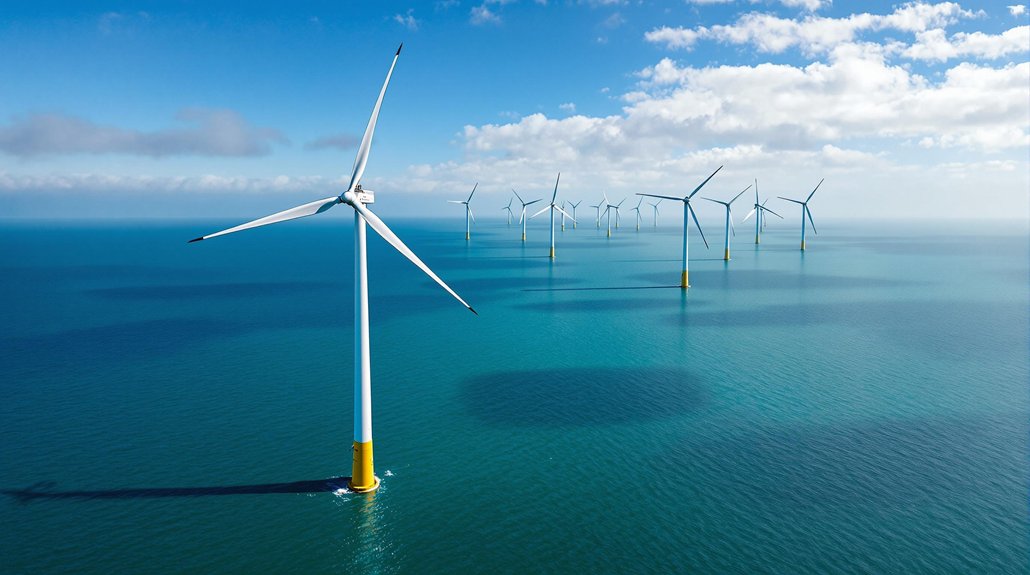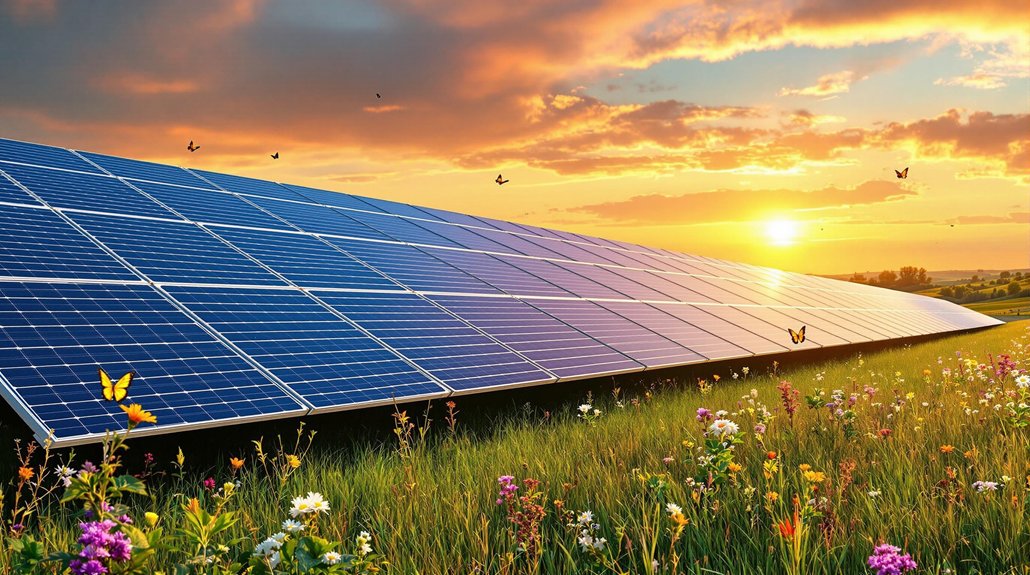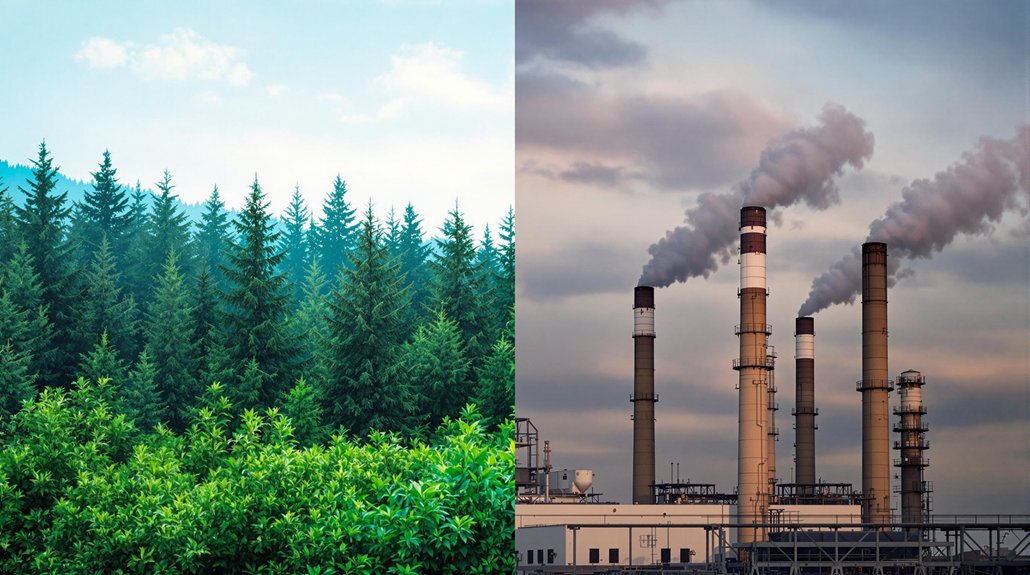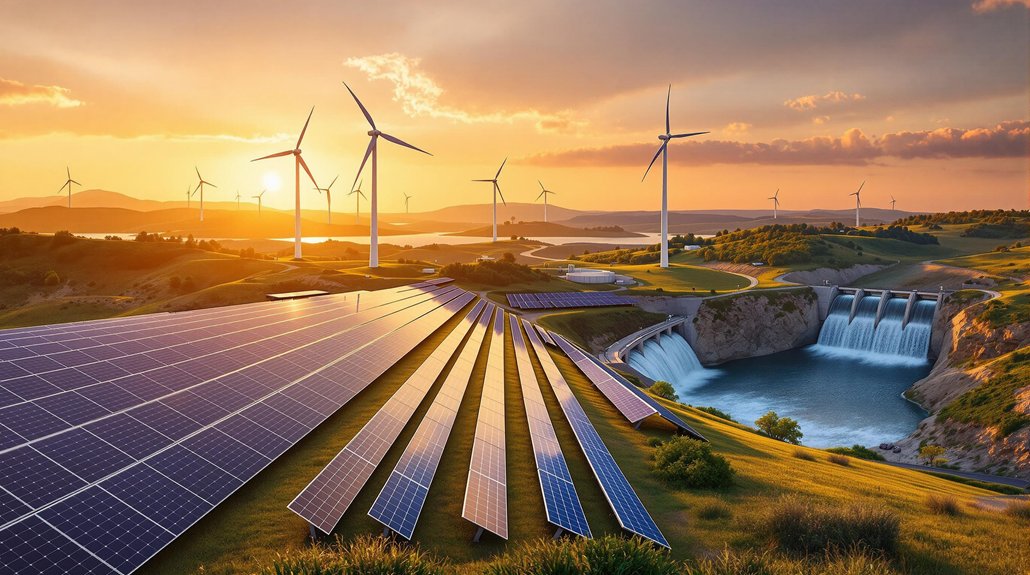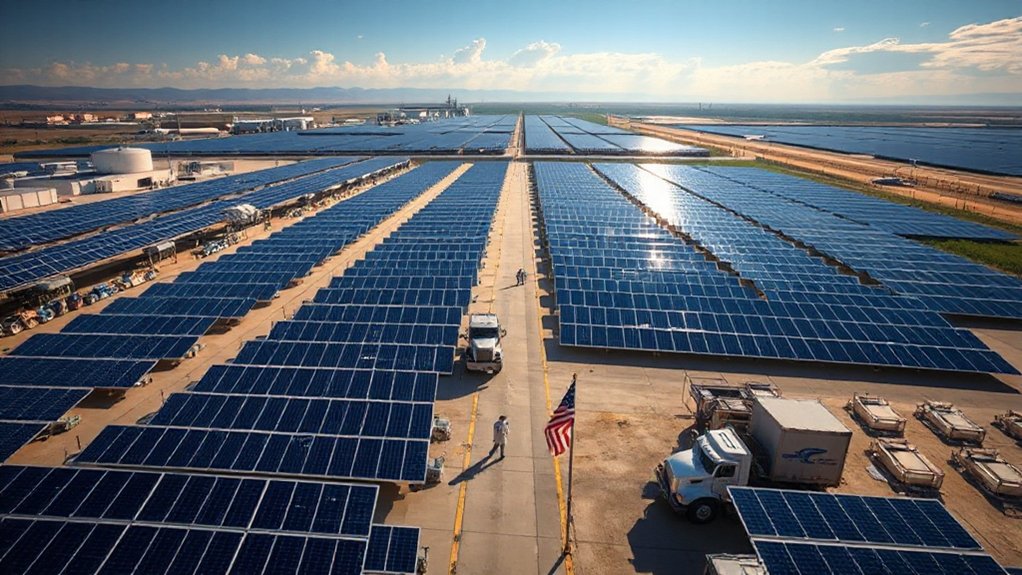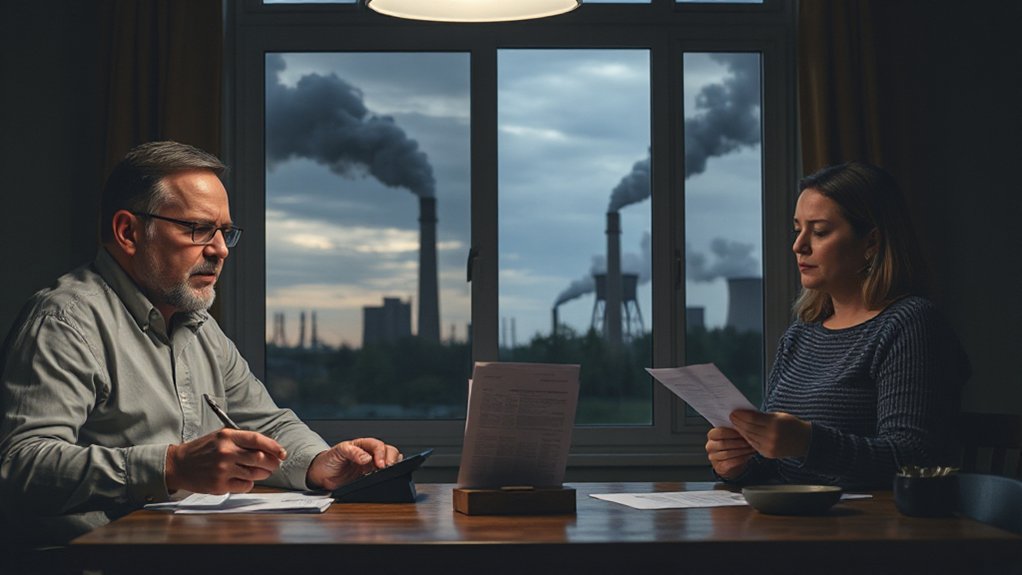Trade winds, those steady breezes Columbus relied on in 1492, now power more than just sailing ships. These predictable air currents between 30 degrees north and south of the equator are prime targets for modern wind energy development. While China and Europe dominate the offshore wind scene, the U.S. is finally catching up. Despite high upfront costs, operating expenses stay low – making these ancient maritime highways tomorrow’s power source. There’s more to this story than just hot air.

While ancient mariners once cursed the fickle winds of the seas, Christopher Columbus stumbled upon a game-changing discovery in 1492: predictable trade winds that blow relentlessly between 30 degrees north and south of the equator. Created by Earth’s rotation and atmospheric circulation, these consistent breezes have evolved from powering sailing ships to driving massive wind turbines that stretch over 150 meters into the sky.
Today’s wind energy sector is booming, with a current global offshore capacity of 75 gigawatts. That’s impressive, but it’s just the beginning. We’ll need a whopping 2,000 gigawatts by 2050 to meet climate goals. China, the UK, and Germany are leading the charge, while the US is finally getting its act together with its first large-scale offshore projects. In Kansas, locally owned and operated TradeWind Energy is leading the development of wind power projects throughout the state.
Offshore wind power is surging globally, but the 75 gigawatts today must grow to 2,000 by 2050 to tackle climate change.
The economics make sense. Sure, the upfront costs are eye-watering, but the operating costs are dirt cheap. Plus, it creates jobs in manufacturing, installation, and maintenance. The sector has seen significant growth in renewable energy production, particularly in the EU over the past decade. Landowners can cash in by leasing space, and the technology keeps getting better. Modern turbines are more efficient, and floating offshore platforms are opening up new possibilities. This clean energy source helps reduce carbon emissions while providing sustainable electricity generation for industrial processes.
But it’s not all smooth sailing. Wind power has its critics, and they’re not entirely wrong. Birds and bats sometimes meet unfortunate ends at the hands of these spinning giants. Marine ecosystems can be disrupted by offshore installations. And let’s be honest – some people just don’t want these massive structures in their backyard. Classic NIMBY syndrome.
The industry faces other hurdles too. The intermittent nature of wind means we need better grid integration solutions. Remote locations require extensive transmission infrastructure. And there’s the pesky problem of what to do with those massive turbine blades when they reach the end of their life.
Governments worldwide are stepping up with incentives and streamlined permitting processes, though some regions still lag behind. Environmental impact assessments are mandatory, and international cooperation on standards is improving.
Despite the challenges, one thing’s clear: trade wind energy isn’t just a passing breeze – it’s here to stay.
